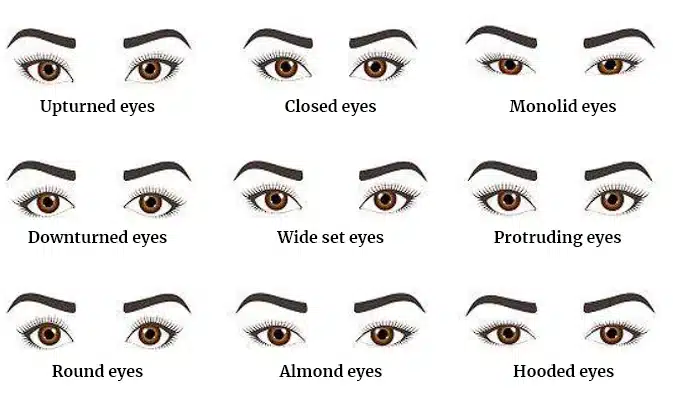Different eye shapes and the impact of eyelid correction on your appearance
There are different eye shapes that have unique characteristics. Each eye shape requires a unique critical look for the most beautiful result of an eyelid correction.
Monolid eyes
Monolid eyes are a specific eye shape where there is no clear fold or “crease” visible in the upper eyelid. The eyelid lies flat and the gaze can appear more subtle as a result, giving a somewhat simpler and tighter look to the eye. This shape is often seen in people of East Asian descent, but can also occur in other ethnic groups.
The lack of an eyelid crease often means that the eyelid itself has a bit more “space”, which requires a specific approach when applying eye makeup, for example. The eyes can sometimes appear smaller, especially compared to eye shapes with a deep crease.
Eyelid surgery for monolid eyes is often performed to alter the eye shape by creating a double fold (also called an epicanthic fold). This can enhance the appearance of the eye and give it a more “standardized” eye shape, which is considered more attractive in some cultures.

